“One thing that I’ve learned about job crafting in my role over the years is that there is no failure, only learning opportunities.”
I lead a small business based in the heart of the UK; Yorkshire. We believe that everyone has the right to be healthy and happy at work, connected to a community of people who want to make a positive impact on themselves and their workplace.
We support organisations big and small with their social wellbeing and inclusion work, working towards the goal of reducing the prevalence of loneliness and isolation. After the past few years this kind of work has never been more needed, with a recent study by Benefex citing the 84% of employees surveyed considered social connection to be the key to improving organisational culture.
One way that we work with organisations is by supporting their employees to share hobbies, interests, and talents with other colleagues, fostering greater connection and belonging across the business.
I love what I do.
Job crafting doesn’t always come easy as a solo founder working in a one-person company. Despite having complete autonomy and flexibility over your role, there are many processes that have to be done in a certain way and at a certain time, with little room for manoeuvre.
With all that being said, there are a number of things that I allow myself, consciously, to engage with. I find this keeps me in a creative mood more often than not and allows me to not get lost in the detail.
Task crafting
Time is a challenge when working on your own, so I’m always looking for opportunities to streamline my key tasks.
In my role I really like that I’m free to explore and find solutions to problems, and if there is no solution, I try to create it. One of my favourite things to do is to play with new tools that automate the mundane so I can focus on things that are much more exciting, which in itself is exciting.
I’ve also learned over the years that certain tasks drain me of energy. Some are part of the course of being a director, but others aren’t, so I made an active choice to outsource those tasks to others who have a better skillset than I.
Skill crafting
I’ve already mentioned that I enjoy exploring new tools to meet a need/problem, and this element of experimentation gives me the opportunity to grow my skillset. I always make sure that I’m working on a side project, and I regularly block out time in my diary to work on it.
One such project was in fact co-created with Rob (Tailored Thinking) during the pandemic; it’s called “Three Good Things”. I created the website using a number of no-code tools and learnt loads in the process.
Relationship crafting
It’s a surprise to many, but throughout my formative years I was a very shy lad, and putting myself out there in front of people is still relatively new to me. I value the friendships and relationships that I have, and treasure my time with them.
The pandemic was difficult for me. I’ve been open in the past about my experience with loneliness, particularly in the earlier lockdowns, but the connections that I have remain affected today.
I make sure that I always reach out to at least one person in my network, professionally or personally, every single day. It’s as much for me as it is for them.
Purpose crafting
I opened this blog post with our company’s belief. This mission to connect people is why we’re here and why we do what we do. It’s the change that we want to see in the world; our purpose.
Everybody should feel like they belong, and nobody should feel lonely or isolated.
Our belief and mission statement was written by my own hand, not a marketing agency, and it’s something that I believe in. When it comes to my role and the way that I do it, everything revolves around the company’s purpose, and by extension, my purpose.
I’m in the privileged position of making my own purpose crafting efforts the company’s purpose crafting efforts. That’s why we’re in the early stages of B Corp accreditation, why we’re building belonging, reflection, and recognition into everything that we do, and the reason behind our net zero ambitions.
Wellbeing crafting
As a self-confessed outdoorsman, it might not shock you to learn that for my wellbeing I spend time outdoors.
I love to run, cycle, wild swim, photograph, walk, hike, wild camp, plus most other things that I can get involved in. Living in Leeds and being so close to green space really helps me to get away in some way, shape, or form, and there’s nothing else that I would rather do.
I also exercise my creativity with Minecraft, which I first got into with my nephews. Admittedly, it does keep me at my desk, but it allows me to switch off from work and enter a world where I can create with no restrictions.
I allow myself to engage in all of these at any time, irrespective of day/time. It’s not unknown for me to look out of my office window one Tuesday midday, see that the sun is shining, pick up my camera and tent, and get the next train out to Ilkley for a night in the hills.
Finally, I don’t work weekends. When I first created the business I worked every day, every night, every weekend, for 365 days, and didn’t take a week off for the first five years. It wasn’t big, it wasn’t clever, and I feel much better for drawing a line in the sand and giving myself permission to take time away.
Where I can do better
Time and capacity are always barriers when you work on your own. I have the same number of hours in the day as everyone else after all. Whilst we operate a four-day week, I sometimes still find myself working five days. I need to craft myself some more hours in the day!
I think my stint of working every hour under the sun (and every hour under the moon, too) was a failure to job craft when I had complete autonomy over my role, but reacting to it and changing my role to suit is also a job crafting success.
The next stage
One thing that I’ve learned about job crafting in my role over the years is that there is no failure, only learning opportunities. It’s a grade A cheese statement but there is some truth to it.
With job crafting there’s never an end point or best practice, it’s something that continually evolves over time to meet ever changing needs. If you want to experiment with something, start small and see if it works, and if it doesn’t, make another small change and give it another whirl.
In the years to come I’m looking forward to experimenting further with my tasks, skills, and relationships, and building upon my own sense of wellbeing and purpose.
The author of this blog is Gary Butterfield, Co-founder and Executive Director of Everyday Juice Limited. Gary creates communities within the workplace, bringing people together through common interests and shared experiences on and offline.
A proper Yorkshire lad with an infatuation for a good Yorkshire brew.








































